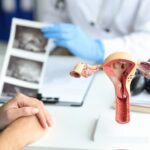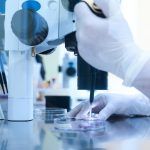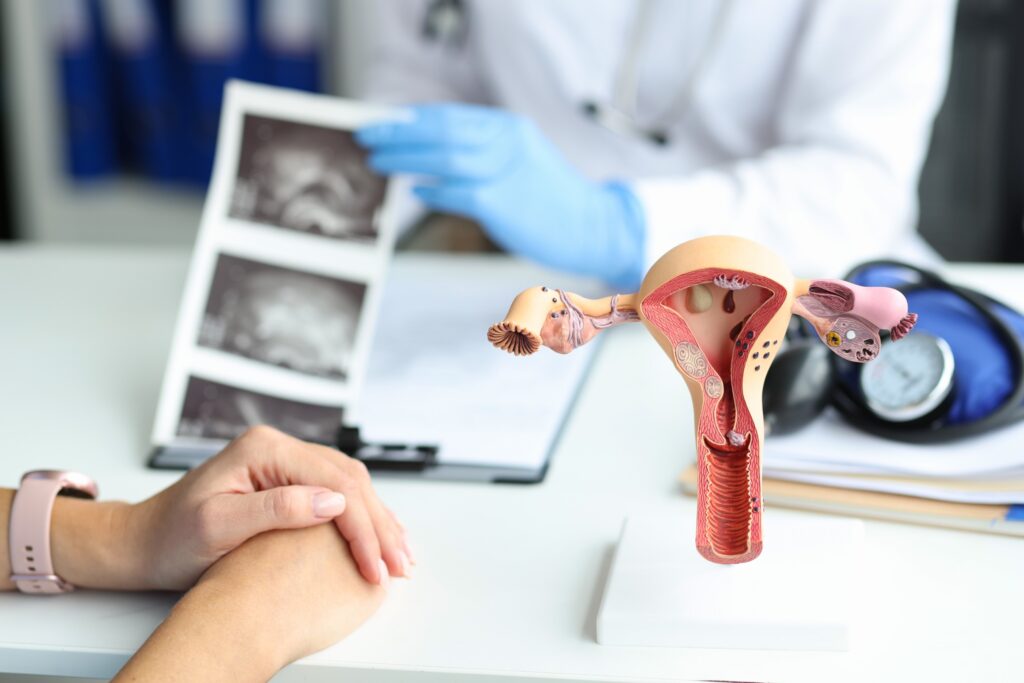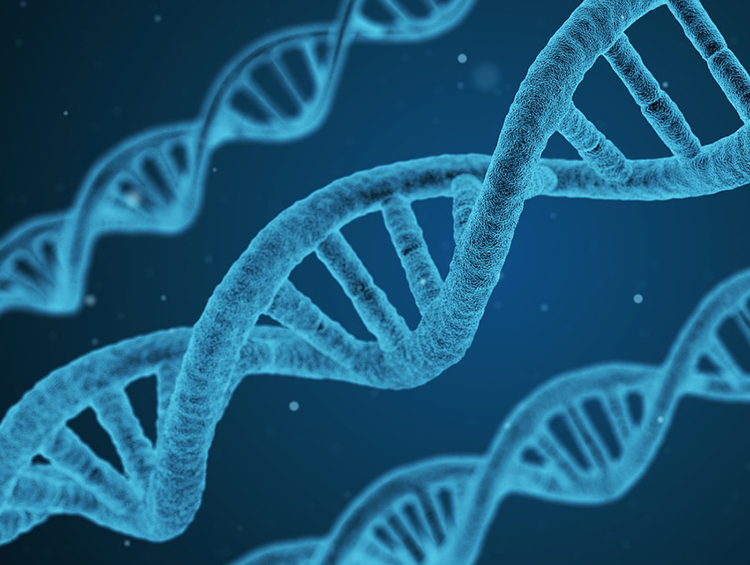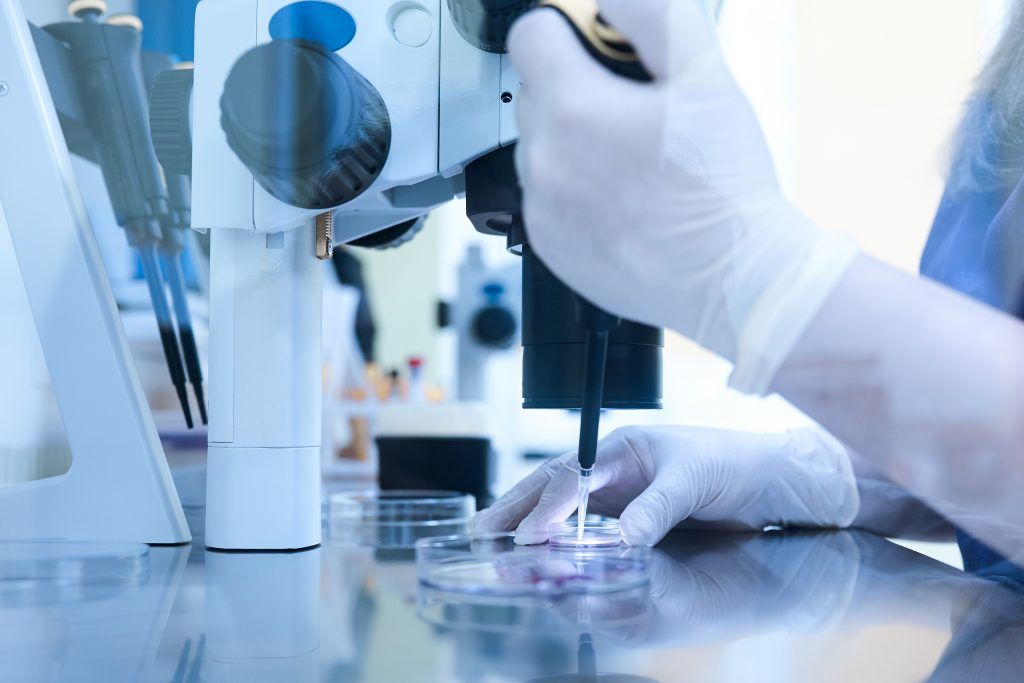Egg Donation
Treatments
The highest success rate in a difficult situation
Oocyte donation is the process by which a donor provides several eggs (oocytes) for purposes of assisted reproduction. In an In vitro Fertilization, the eggs are fertilized in the laboratory with the partners’ (or donor) sperm in order to obtain embryos to transfer to the uterus of the recipient.
Oocyte donation is indicated in:
1. Women without ovaries.
2. Women with poor quality or quantity of oocytes.
3. Women over 43.
4. Female carriers of a genetic disease.
5. In vitro fertilization failure.
Oocyte donation consists of:
1. Obtaining oocytes from the donor: the donor undergoes an ovarian stimulation treatment with the aim of achieving a good development of several follicles. Once the follicles have the adequate size, the ovarian puncture is performed to retrieve the oocytes.
2. Insemination of the donated oocytes: the oocytes are inseminated with the sperm of the male partner (or donor sperm) in the laboratory.
3. Preparation of the recipient uterus: the uterus of the recipient is prepared with an estradiol treatment (pills or patches) in order to thicken the endometrium. A transvaginal ultrasound scan and an estradiol blood test will be done to check that the endometrium is ready before embryo transfer.
4. Embryo transfer: 1 or 2 embryos are transferred into the recipient´s uterus 5 days after oocyte retrieval. This transfer is carried out introducing, through the uterine cervix, a thin cannula loaded with the embryos. The transfer lasts a few minutes and does not require any analgesia. When the transfer is concluded, the patient rests for a few minutes. After the transfer a hormonal medical treatment is indicated (pills) to facilitate the implantation of the embryos.
5. The pregnancy test is carried out in blood approximately 10 days after embryo transfer and the results are available in a few hours.
During the treatment a normal life can be carried out. Pregnancy rate per oocyte donation cycle is 55-60%, and it increases to 90% after 2 attempts. Incidence of twin pregnancy is 20 % Embryo freezing or vitrification in oocyte donation About 70% of couples have surplus embryos in egg donation. These embryos are left in culture for up to seven days after the follicle aspiration and those who have a normal evolution are vitrified, with the consent of the couple. These embryos can be thawed in the future and transferred to the uterus, to try for a pregnancy again.
Legal Aspects
1. The donation of gametes is anonymous, so the recipient cannot choose a donor.
2. The donors are adults with full capacity to act and have been accepted after completing legally established studies about phenotypical characteristics, genetic, hereditary or infectious diseases.
3. The choice of donor is decided by the medical team and has to guarantee that the donor has the maximal phenotypical and immunological similarity with the receptor.
4. The maximum number of newborns with oocytes from the same donor is 6.
5. When the receptor has a partner he/she must express his/her written consent.

